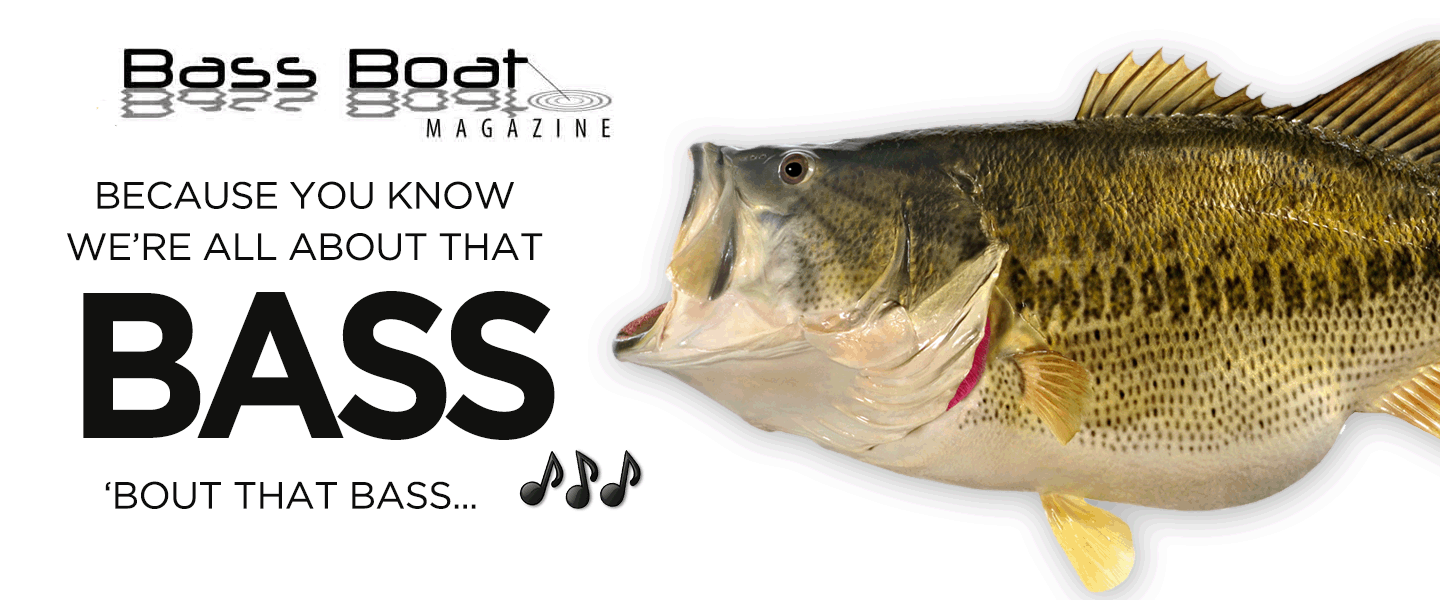OutdoorHub
Wanted Dead: Errant Bass Caught in Alaska Sparks Concern for Biologists

Bass are usually a delightful sight to see for most anglers, but an errant bass that turned up in Anchorage, Alaska earlier this month has state biologists worried.
The non-native species – which officials believe was illegally introduced – was caught at Sand Lake on September 3, and Fishery Biologist Kristine Dunker said in a news release it’s “the first time we’ve learned of bass in Sand Lake.”
Following the discovery, the Alaska Department of Fish and Game announced the news via Facebook with a “Wanted” poster asking anglers to be diligent and closely monitor any fish they catch:
“There are no native species of bass in Alaska. Bass are considered a top predator and could be detrimental to Alaska’s native species. They have the potential to become an invasive species and introduce diseases into water they are released into. If caught, DO NOT RELEASE LIVE BACK INTO THE WATER.”
The agency also issued the following statewide news release on the incident:
“The Alaska Department of Fish and Game (ADF&G), Division of Sport Fish announced today that a local angler caught a juvenile bass on Sand Lake in Anchorage on Monday evening. Bass are not native to Alaska, and it is illegal to transport live fish anywhere in the state. It is not known if this is an isolated incident, or if there are more bass in the lake. Biologists are quickly mobilizing to determine if other bass can be found by using gill nets and rod and reel methods. Early detection of potential non-native species is key if eradication efforts may be necessary.
“This is the first time we’ve learned of bass in Sand Lake,” stated Fishery Biologist Kristine Dunker. “Our primary concern at this time is to determine if there are others, and more importantly, if there is evidence of a reproducing population. Over the next several days ADF&G staff will be concentrating their efforts on Sand Lake to evaluate if other bass are present, and if additional efforts will be needed to remove them.”
ADF&G is urging anyone who fishes in Sand Lake to be aware, and closely monitor the fish they catch. If they catch a fish that does not look like a salmon, rainbow trout, or Arctic char which are the only species ADF&G stocks into Sand Lake, please kill, keep the fish, and report it immediately to ADF&G. Do not release it back in to the water live. Bring all suspected non-native species in to the Anchorage ADF&G office at 333 Raspberry Road or call (877) INVASIV or (877) 468-2748.
“If anyone has any information about how bass were introduced into Sand Lake, please contact ADF&G at 1-(877) INVASIV or 1-(877) 468-2748,” stated Dunker.”
The post Wanted Dead: Errant Bass Caught in Alaska Sparks Concern for Biologists appeared first on OutdoorHub.
Continue reading...
Wanted Dead: Errant Bass Caught in Alaska Sparks Concern for Biologists

Bass are usually a delightful sight to see for most anglers, but an errant bass that turned up in Anchorage, Alaska earlier this month has state biologists worried.
The non-native species – which officials believe was illegally introduced – was caught at Sand Lake on September 3, and Fishery Biologist Kristine Dunker said in a news release it’s “the first time we’ve learned of bass in Sand Lake.”
Following the discovery, the Alaska Department of Fish and Game announced the news via Facebook with a “Wanted” poster asking anglers to be diligent and closely monitor any fish they catch:
“There are no native species of bass in Alaska. Bass are considered a top predator and could be detrimental to Alaska’s native species. They have the potential to become an invasive species and introduce diseases into water they are released into. If caught, DO NOT RELEASE LIVE BACK INTO THE WATER.”
The agency also issued the following statewide news release on the incident:
“The Alaska Department of Fish and Game (ADF&G), Division of Sport Fish announced today that a local angler caught a juvenile bass on Sand Lake in Anchorage on Monday evening. Bass are not native to Alaska, and it is illegal to transport live fish anywhere in the state. It is not known if this is an isolated incident, or if there are more bass in the lake. Biologists are quickly mobilizing to determine if other bass can be found by using gill nets and rod and reel methods. Early detection of potential non-native species is key if eradication efforts may be necessary.
“This is the first time we’ve learned of bass in Sand Lake,” stated Fishery Biologist Kristine Dunker. “Our primary concern at this time is to determine if there are others, and more importantly, if there is evidence of a reproducing population. Over the next several days ADF&G staff will be concentrating their efforts on Sand Lake to evaluate if other bass are present, and if additional efforts will be needed to remove them.”
ADF&G is urging anyone who fishes in Sand Lake to be aware, and closely monitor the fish they catch. If they catch a fish that does not look like a salmon, rainbow trout, or Arctic char which are the only species ADF&G stocks into Sand Lake, please kill, keep the fish, and report it immediately to ADF&G. Do not release it back in to the water live. Bring all suspected non-native species in to the Anchorage ADF&G office at 333 Raspberry Road or call (877) INVASIV or (877) 468-2748.
“If anyone has any information about how bass were introduced into Sand Lake, please contact ADF&G at 1-(877) INVASIV or 1-(877) 468-2748,” stated Dunker.”
The post Wanted Dead: Errant Bass Caught in Alaska Sparks Concern for Biologists appeared first on OutdoorHub.
Continue reading...

